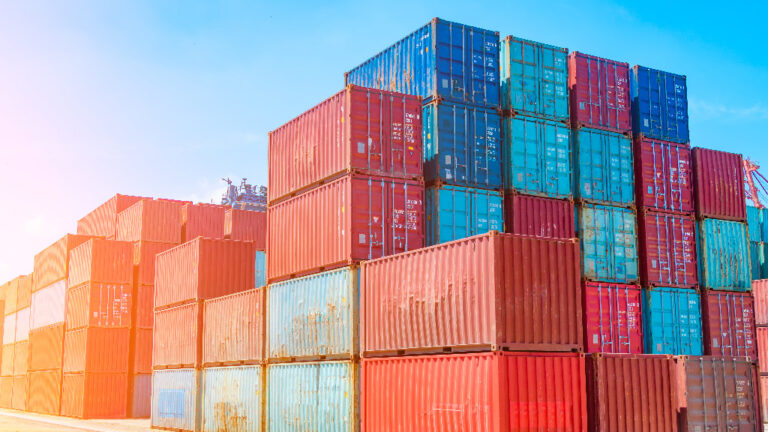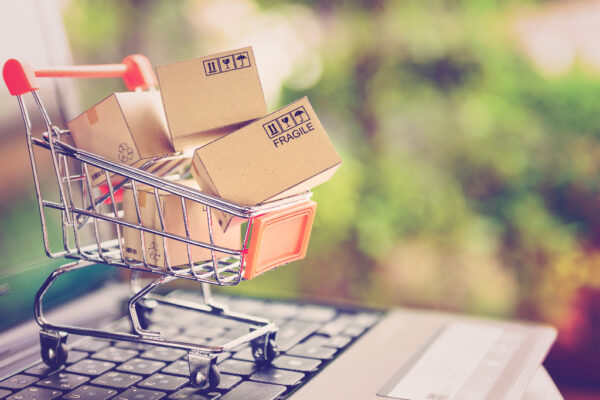META: The growth potential for a B2B supplier is nearly limitless if that supplier begins exporting through ecommerce. Here are 10 steps a supplier should take to start B2B exporting.
The growth potential for a B2B supplier is nearly limitless in ecommerce exporting. The Indian B2B ecommerce market potential is expected to reach USD 700 Billion by the end of 2020. In the US, that figure explodes to a market value of nearly USD 6 Trillion. The opportunity for businesses to grow within this vast market is clear. How can a business get started? Here are 10 steps a supplier should take to start B2B exporting.
#1 – Take a Close Look at Your Products or Services
You need to determine if your product has demand in the market you intend to enter. If so, does your product match the expectations of the B2B buyers in that country? For example, electronics account for 48% of online retail sales in India. A supplier dealing in electronics will, therefore, find demand in India. However, that supplier has to know the price, quality, and delivery time expected from B2B buyers in India before launch. An understanding of your competition in the market can be greatly useful in this pursuit.
#2 – Learn About the Importing Country
Familiarize yourself with the culture of the intended importing country in key relevant areas. Learning pertinent information, such as negotiation practices and communication norms, will help smooth the way in dealing with buyers. Explore resources that provide detailed country guidance for selling in a particular country. These reports help a supplier determine how “easy” a country is to sell to, what demand may exist, any political issues that need to be considered, and more. A good starting point for this education is the exporting website of your home country or the International Trade Administration.
#3 – Prepare the Operational Side of Your Business
International B2B buyers tend to place orders that are much larger than the orders you are accustomed to receiving domestically. Are you operationally ready to meet those demands? Demand can fluctuate over the course of the calendar year, in ways that are unfamiliar compared to your home market. You have to be able to absorb overhead costs during low-demand periods and increase capacity, sometimes drastically, to meet the spike in demand at other times. Support staff may be necessary to facilitate the administrative work involved in this kind of expansion. Consider the operational side of your business and prepare it for this new frontier.
#4 – Decide What Route You Will Use to Sell
Some suppliers travel to their importing countries, attend trade shows, and meet with buyers face-to-face. Although this will develop relationships that may serve your business well long-term, it is not strictly necessary. Increasingly, B2B buyers are turning to ecommerce sites to conduct business. This route represents the easiest path to begin selling faster and provides supplier members with the support needed to be successful.
#5 – Plan Your Marketing Strategy
Listing your product on ecommerce platforms will get your products or services visible to a large pool of B2B buyers. Part of your preparation must include steps you will take to market your products, targeting relevant buyer within that large pool. TradeLeaves offers marketing campaigns within their platforms. You should also consider how you can drive buyers to your product listings from outside of the ecommerce site through social media and other online channels.
#6 – Risk Mitigation Planning
Exporting comes with a healthy dose of risks that must be planned for and mitigated against. This should be proactively approached, not as a reaction to a crisis that could have been avoided. There are financial risks including currency exchange fluctuations, payment issues, contract disputes, and insolvency. There are also political risks related to changing governmental regulations, political instability, and border disputes. Get a grasp of what can go wrong and plan solutions.
#7 – Protect Your Intellectual Property
In the US, intellectual property theft accounts for $320 Billion in losses every single year. Suppliers are promised favorable terms and large demand in a particular country only to have their market share eroded or eliminated when their product is copied and sold for a lower price. Properly register all trademarks, patents, and designs. Put cyber security safeguards in place. Be sure you understand who you are doing business with and inquire about what they do to protect the intellectual property of their suppliers. Partnering with a reputable ecommerce marketplace like TradeLeaves that verifies suppliers and buyers will help mitigate some of these risks.
#8 – Understand Governmental Regulations
Before you list your products for sale, you need to ensure that you are in compliance with any and all governmental regulations in the importing country. Your business may need to get an export license. You may be limited in the types of products you can sell to certain countries due to embargoes. Your goods may even qualify for free or reduced tariffs due to agreements between the trading countries. The point is, you need to fully understand the regulations that impact your business and take advantage of or get into compliance with them before you start selling.
#9 – Familiarize Yourself with Incoterms
Incoterms refers to the terms of sale that are internationally accepted. Incoterms do not establish price, payment, or title terms. They outline the responsibilities of buyers and sellers for the delivery of goods under sales contracts and they are globally accepted. Your use of them is not required, but working within these already established and understood terms can make for smoother transactions. Reading an Incoterms beginner’s guide is a good place to start.
#10 – Plan for Order Fulfillment and Customs Compliance
At an early stage in the process, you should become familiar with the customs requirements which must be complied with in fulfilling your orders. If you fail to comply correctly, it can have costly consequences in time and money. Equally important are your plans for distribution. TradeLeaves can support you in customs compliance and connect you with logistics companies and freight forwarders that will help you deliver orders on time with the proper documentation.
The huge potential available to B2B suppliers presents an exciting prospect to SMEs. Plan and execute your exports carefully with the support of TradeLeaves.






